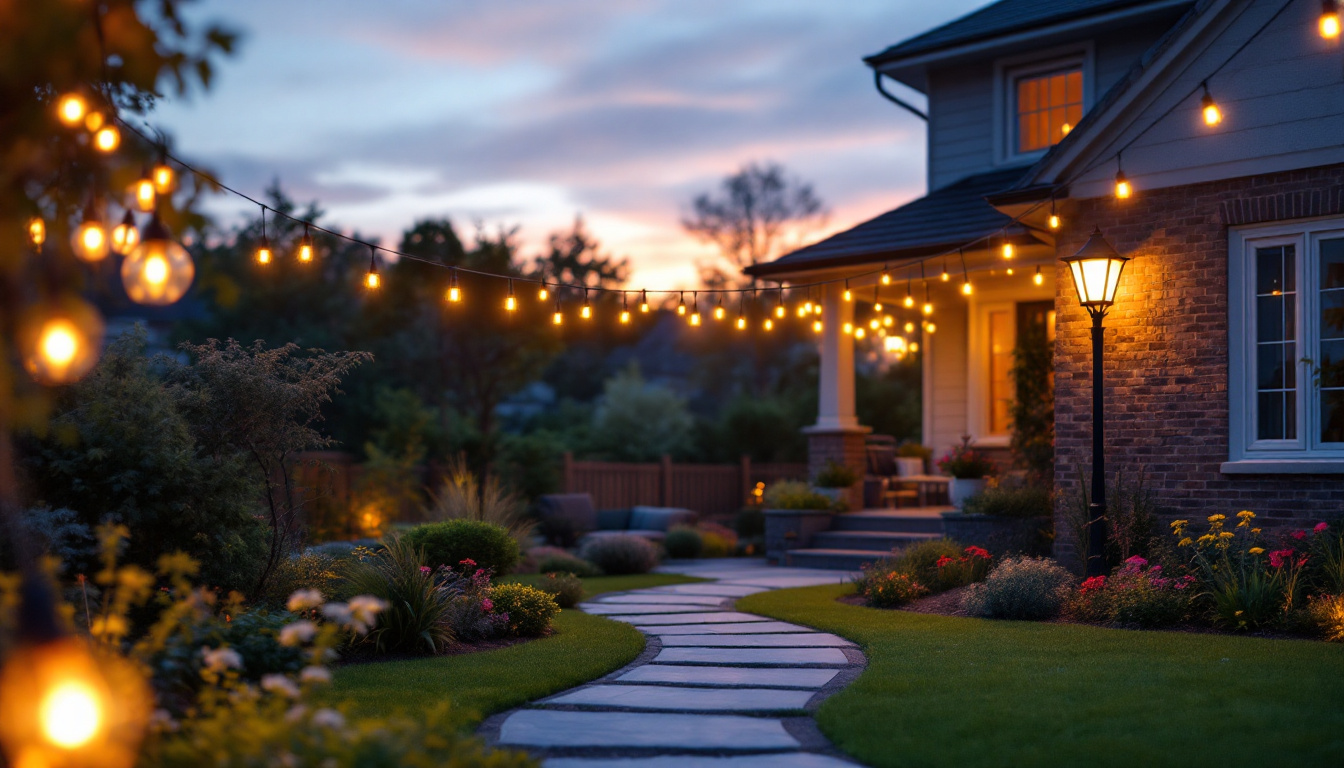
Light Reflectance Value (LRV) is a critical metric in the lighting industry, representing the percentage of visible and usable light that a surface reflects. Expressed on a scale from 0 to 100, where 0 means absolute black (absorbing all light) and 100 indicates pure white (reflecting all light), LRV helps lighting contractors evaluate how surfaces will interact with light in a given environment.
For lighting contractors, understanding LRV is not just a theoretical exercise—it directly influences design decisions, energy efficiency, and client satisfaction. Surfaces with higher LRVs reflect more light, which can reduce the need for additional lighting fixtures and improve overall illumination quality. Conversely, lower LRVs absorb more light, potentially requiring more powerful or additional lighting to achieve desired brightness levels.
Incorporating LRV into lighting design and installation processes ensures that contractors can optimize lighting systems for both performance and cost-effectiveness. This foundational knowledge empowers contractors to make informed recommendations and deliver solutions that align with client needs and industry standards.
Moreover, the impact of LRV extends beyond mere aesthetics; it can significantly affect the mood and functionality of a space. For instance, in commercial environments such as offices or retail spaces, higher LRV surfaces can create a more inviting atmosphere, enhancing employee productivity and customer experience. In contrast, spaces designed for relaxation, such as bedrooms or lounges, may benefit from lower LRV materials that foster a cozier ambiance, demonstrating how LRV can be strategically employed to align with the intended purpose of a room.
Additionally, LRV plays a vital role in sustainability efforts within the design community. By selecting materials with appropriate reflectance values, contractors can minimize energy consumption, thereby contributing to greener building practices. This is particularly important in regions with strict energy codes or where energy efficiency is a priority for clients. As the industry continues to evolve, the integration of LRV into sustainable design practices not only enhances the functionality of spaces but also aligns with the growing demand for environmentally responsible solutions.
One of the most significant benefits of considering LRV in lighting projects is its impact on energy efficiency. Surfaces with higher LRVs reflect more light, which means that less artificial lighting is required to achieve the same level of illumination. For example, a room painted with a light color that has an LRV of 80 can reflect substantially more light than a darker room with an LRV of 20. This difference can translate into fewer light fixtures or lower wattage bulbs, ultimately reducing energy consumption.
Lighting contractors who leverage LRV data can design systems that minimize energy use without compromising visual comfort. This approach aligns with growing environmental regulations and client demands for sustainable solutions, positioning contractors as forward-thinking and environmentally responsible professionals. Additionally, the use of high-LRV materials can enhance the overall aesthetic appeal of a space, creating a brighter and more inviting atmosphere that can positively influence mood and productivity. By prioritizing LRV in their designs, contractors not only contribute to energy savings but also elevate the user experience within the environment.
In commercial settings such as offices, retail stores, and educational facilities, optimizing LRV can lead to substantial energy savings. Studies have shown that increasing the LRV of walls and ceilings by just 10 points can reduce lighting energy use by up to 15%. For lighting contractors, this means that advising clients on paint colors, finishes, and materials with appropriate LRVs can be a valuable part of the project scope. Furthermore, the strategic use of LRV can also enhance the effectiveness of natural daylighting strategies, allowing spaces to benefit from both artificial and natural light sources, thereby maximizing energy efficiency.
Moreover, integrating LRV considerations early in the design phase allows for better coordination between lighting and interior design teams, ensuring that aesthetics and functionality are balanced effectively. This collaboration can lead to innovative solutions such as the use of reflective surfaces in key areas to amplify light distribution while maintaining a cohesive design language. As a result, spaces can be transformed into dynamic environments that not only save energy but also promote well-being and engagement among occupants. The ripple effect of these practices can extend beyond individual projects, influencing broader trends in sustainable design and construction practices across the industry.
Visual comfort is a paramount concern in lighting design. Poorly lit spaces can cause eye strain, headaches, and reduced productivity. By understanding and applying LRV principles, lighting contractors can help create environments that are visually comfortable and inviting.
Surfaces with appropriate reflectance levels contribute to uniform light distribution, minimizing harsh shadows and glare. For instance, a matte surface with a moderate LRV can diffuse light evenly, while glossy surfaces with high LRVs might cause unwanted reflections. Selecting the right materials and finishes based on their LRV helps contractors tailor lighting solutions that enhance occupant well-being.
Beyond functionality, LRV plays a significant role in the aesthetic outcome of a space. Lighting contractors who understand how different surfaces interact with light can collaborate more effectively with architects and interior designers. For example, a dark accent wall with a low LRV can add depth and contrast, while lighter surfaces can make a room feel more spacious and airy.
By integrating LRV considerations, contractors contribute to the overall design narrative, ensuring that lighting complements and enhances the intended atmosphere. This holistic approach often leads to higher client satisfaction and repeat business.
Many building codes and lighting standards incorporate guidelines related to light reflectance to ensure safety, accessibility, and energy efficiency. For instance, standards such as the Illuminating Engineering Society (IES) recommendations and various national energy codes emphasize the importance of surface reflectance in lighting calculations.
Lighting contractors who are proficient in interpreting and applying LRV data can streamline compliance processes. This expertise reduces the risk of costly redesigns or retrofits and demonstrates professionalism and technical competence to clients and regulatory bodies.
LRV also plays a crucial role in creating accessible environments. Adequate contrast between surfaces, defined by differences in LRV, is essential for individuals with visual impairments. Lighting contractors who consider LRV can help ensure that spaces meet accessibility standards, such as those outlined in the Americans with Disabilities Act (ADA) or similar regulations globally.
By advising on color schemes and materials with appropriate reflectance values, contractors contribute to safer, more inclusive environments that accommodate diverse user needs.
Incorporating LRV into project planning allows lighting contractors to make informed decisions about materials and lighting layouts early in the process. Selecting wall paints, flooring, and ceiling finishes with suitable LRVs can reduce the number of fixtures required and influence fixture placement for optimal light distribution.
This foresight helps avoid over-specification of lighting equipment, which can inflate project costs unnecessarily. By balancing surface reflectance and lighting output, contractors can deliver cost-effective solutions that meet performance goals.
Efficient lighting designs informed by LRV considerations often lead to lower installation and maintenance expenses. Fewer fixtures mean reduced labor costs during installation and less frequent maintenance or replacement over time. Additionally, energy-efficient lighting systems contribute to long-term operational savings for clients, enhancing the value proposition offered by contractors.
By presenting these benefits clearly, lighting contractors can strengthen client relationships and position themselves as trusted advisors in the construction and renovation process.
Accurate LRV measurement is essential for precise lighting design. Advances in technology have introduced handheld spectrophotometers and reflectometers that enable lighting contractors to measure LRV on-site quickly and reliably. These devices provide real-time data, allowing for immediate adjustments and informed decision-making.
Adopting such tools enhances a contractor’s credibility and efficiency, reducing guesswork and improving project outcomes.
Lighting design software increasingly incorporates LRV data to simulate lighting scenarios and predict outcomes. By inputting accurate reflectance values for surfaces, contractors can visualize how light will behave in a space before installation begins. This capability supports better communication with clients and stakeholders, facilitating approvals and minimizing revisions.
Embracing these digital tools empowers lighting contractors to stay competitive and deliver cutting-edge solutions tailored to client needs.
Light Reflectance Value is more than just a number; it is a foundational element that influences energy efficiency, visual comfort, regulatory compliance, project costs, and overall design quality. For lighting contractors, mastering LRV concepts and integrating them into every stage of lighting projects can lead to superior outcomes and enhanced client satisfaction.
By understanding and applying LRV principles, contractors can optimize lighting systems, reduce energy consumption, support accessibility, and streamline project workflows. Investing in the right tools and continuing education around LRV further strengthens a contractor’s ability to deliver innovative, sustainable, and effective lighting solutions.
Ultimately, LRV knowledge equips lighting contractors to meet the evolving demands of the industry and position themselves as indispensable partners in creating well-lit, efficient, and beautiful spaces.
Ready to elevate your lighting projects with the expertise of LRV and the best products on the market? Look no further than LumenWholesale for all your lighting needs. Our commitment to providing spec-grade lighting products at unbeatable wholesale prices ensures that you can optimize your designs for energy efficiency, visual comfort, and cost savings. With free shipping on bulk orders, you can trust that you’re getting premium quality without the premium price tag. Don’t compromise on quality or value—explore our selection now and discover the LumenWholesale difference for your next lighting project.

Discover essential best practices for lighting contractors working with LED street lamps.

Discover the essential insights lighting contractors need to meet client expectations when working with T8 ballast 4 lamp systems.

Discover how lighting contractors are transforming outdoor spaces with innovative backyard lighting solutions.

Discover why pendent lamps are indispensable for lighting contractors.